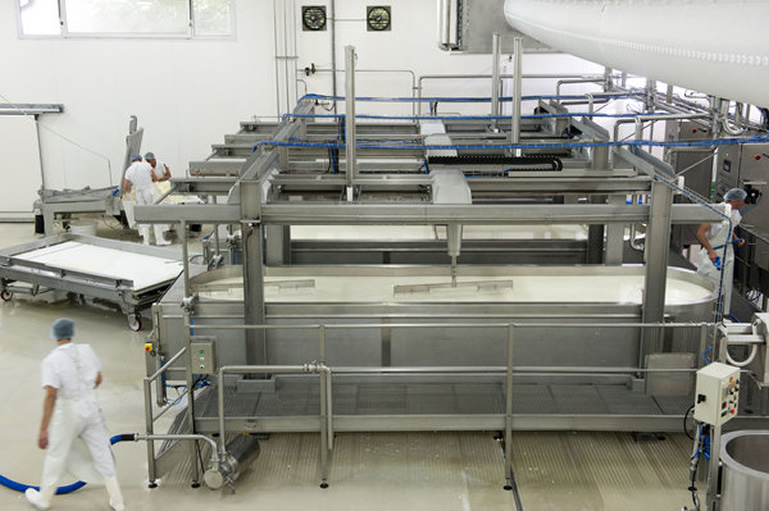
Safety is a global issue that concerns all food manufacturers. In order to sell their products with complete peace of mind, they must indeed be certain that their manufacfuring and packaging process is not a potential source of contamination, be it biological, chemical or physical. In order to help them with that central point, the French manufacturers of food processing equipment have entered over 20 years ago in a collective work for defining design rules that ensure the highest level of hygiene. We herebelow propose an overview of the main points you should look at to evaluate the quality of your equipment from an hygienic point of view.

It is important to keep in mind that government departments in charge of food safety (FDA in the United States, AESA in Europe, ANSES in France) do not approve manufacturing equipment as such. Their task is to control and approve the system implemented by each manufacturer to ensure the safety of consumers. The responsability of checking that a manufacturing equipment is properly designed is thus on the side of food manufacturers, who use for that purpose the HACCP approach.
There are little pieces of legislation dealing specifically with the hygienic design of food processing equipment, and those that exist only impose a few essential rules (basic principles, materials used, ease of cleaning, see herebelow). The main reference texts are collections of good practices drawn from experience and published by private bodies such as EHEDG or 3A SSI. Therefore, the level of hygiene ensured by an equipment depends on its manufacturer’s commitment to food safety and experience in hygienic design, 2 characteristics shared by all Adepta’s members.
Areas that can not be reached must be designed so that no product or living entity can enter them from the outside, and that no organic material can accumulate inside. Moreover, auxiliary products (especially lubricants) must at no time come into direct contact with foodstuffs.
The materials used must be inert, non-adsorbent and approved for food contact. They must resist corrosion as well as chemical agents used in cleaning procedures. Surfaces and joining points (weldings, boltings) must also be smooth and continuous, without any defect such as spots, cracks or cavities.
It must be possible to clean all parts that might come into direct contact with food before each production run. Otherwise it is necessary to use disposable parts. Equipment design and installation must therefore take into account the accessibility of all the areas that will be cleaned manually, as well as the possible automatic cleaning procedures of non-accessible areas.
Equipment’s instructions must detail which products and methods are specified for cleaning and sanitization.
Adepta’s members offer ultra-clean processing and packaging machinery that benefit from all the best practices in hygienic design. They can also propose complete lines ranging from ultra-clean to aseptic.
Herebelow, some design principles implemented by Adepta’s members :
Do you have questions about the design of the equipment you are currently using ?
Want to get more informations on the ultra-clean solutions of our members ?
Do not hesitate to contact us by clicking here